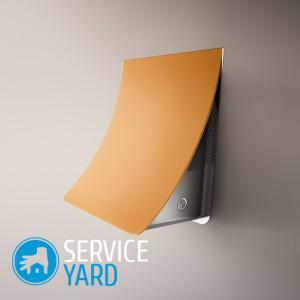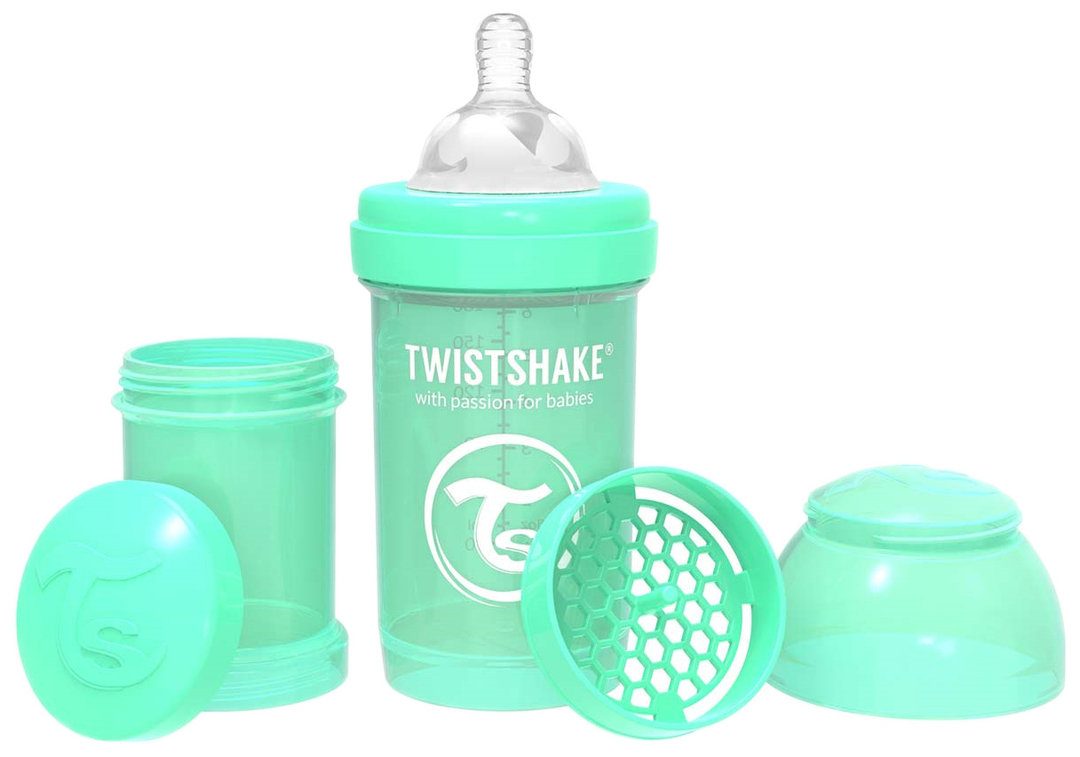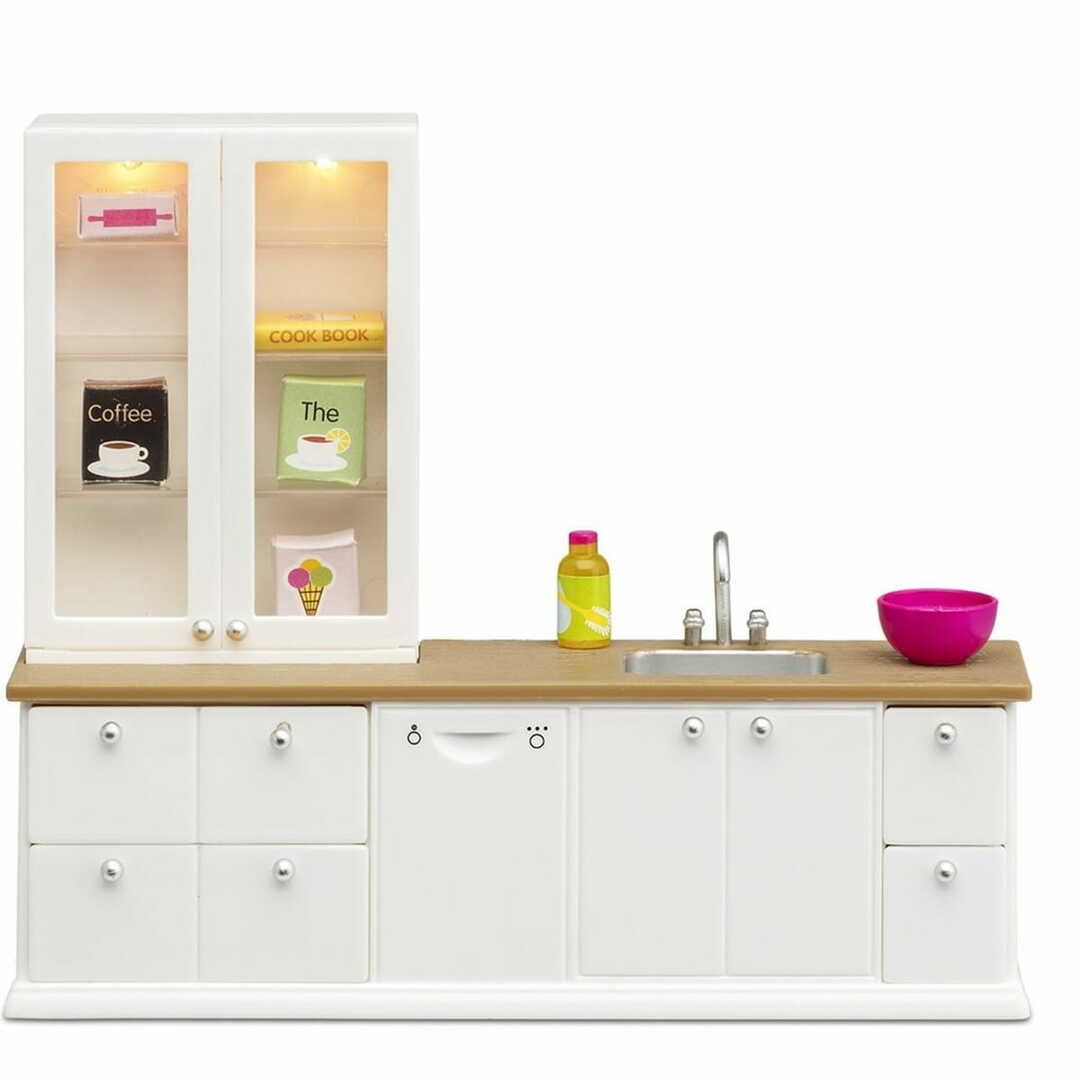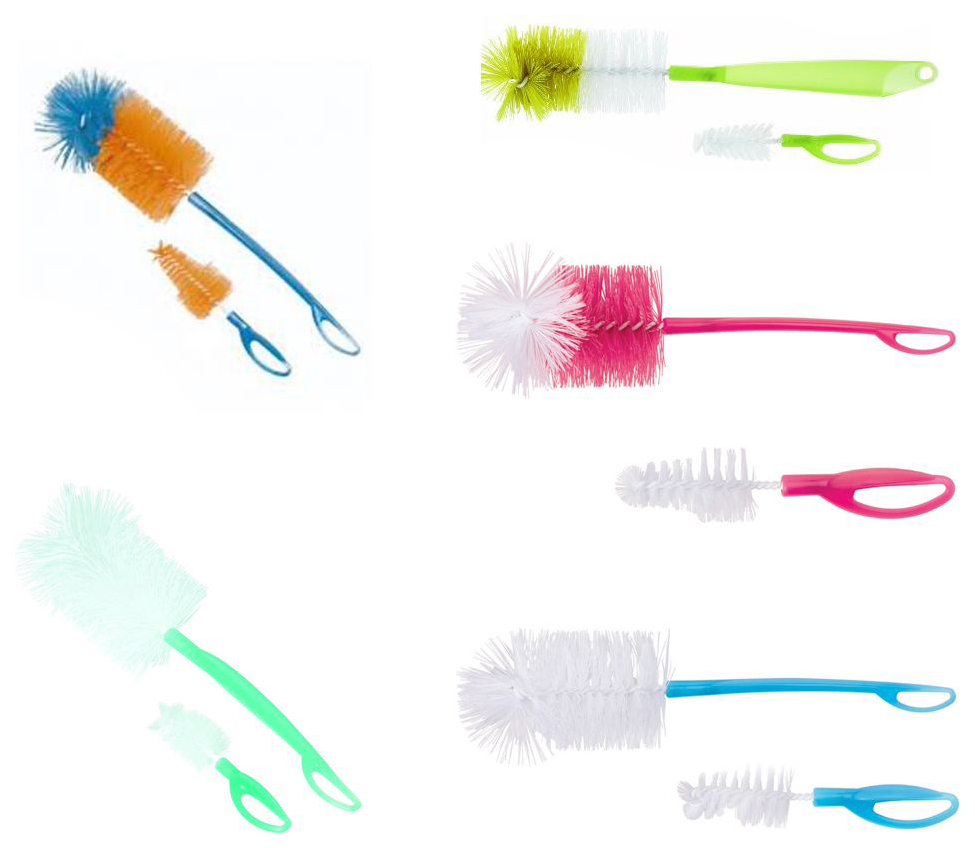

Those who like to cook a variety of dishes every day from meat, fish, vegetables, pasta and any other products know how important a quality hood in the kitchen is. Unfortunately, it is not possible to install a hood in every city apartment, which is connected to the general ventilation system. The reason may be a weak ventilation duct or a non-standard ceiling height. In this case, the hood for the kitchen without a tap with a carbon filter is best suited. What kind of system is it, what are its advantages, and how effective it will be - you will learn all this from this article.
to content ↑Advantages:
- No obstructions to natural air exchange. When the flow-through hood is cut off, the air duct is blocked by the duct. This interferes with the natural exchange of air. To have fresh air in the room, you will have to open the window. But this does not happen if you install a hood with a filter without a tap. When it is switched on, air is circulated, and when switched off, natural air is exchanged.
- Simple construction. It does not need to be connected with ventilation, there are no bulky pipes.
- Ergonomics. Such a device is distinguished by compact dimensions, so no load is added to the wall. Visually the kitchen does not look overloaded.
- Easy installation. To strengthen the hood at the right place and connect it to the power grid requires a minimum number of tools.
- Easy to replace filters. The carbon filter is replaced with a new one. The metal coarse filter is cleaned with any non-abrasive detergent.
Disadvantages of
Nothing can be perfect, and we found several drawbacks of you hoods of this type:
- Regular replacement of carbon filters. This leads to additional costs. Determining the life of the filter is not possible, this is affected by a number of factors. First of all, how often and intensively the device is used.
Important! On average, the filter needs to be changed every three to six months.
- There is no design diversity. Such models, as a rule, differ in a simple and concise manner.
Types of hoods without air duct
All of them function according to the same principle, but their types differ. First of all, the fastening system is different:
- Flat exhaust. Such models are presented in the form of panels perpendicular to the wall. Such options are the most unpretentious and democratic.
Important! In this case, it is impossible to place a powerful motor, so this hood is best suited for a small room.
- Built-in hood. It is fully integrated into the furniture located above the hob. A distinctive feature of this technique is compactness and perfect disguise.
Important! The performance of such models is higher than that of flat ones.
- Suspension hoods are located above the cabinets, which are located above the stove. This leads to significant savings in the kitchen space.
Important! It is possible to choose a slider variant, in which the working surface can be extended.
- Inclined hoods - the most modern option. Between this device and the base surface of the fastener an acute angle is formed.
Important! In such models the most modern motors are used, the performance is perfectly balanced.
to contents ↑Installation location
Kitchen extractor without tap with charcoal filter can be installed in different places:
- Wall-mounted. Location - frontal, next to the wall. With their help is equipped with a working triangle in the kitchen.
- Island. Installed in spacious kitchens, where it is possible to install a separate module with a stove.
- Corner. Mounted in small kitchens, as it is possible to install on the joints of walls.
Filters
Before choosing a hood for a kitchen without a duct, let's take a closer look at the filters. They are fat-consuming and coal:
- At first, there remain grease and soot, which can damage the mechanism. If there is no such filter, the device will very soon stop working. This filter is constantly needed cleaning, and as for its production is most often used thin-sheet perforated aluminum, it will not be difficult.
- With the help of carbon filters, odors arising during cooking are absorbed. Their inner part is filled with granules of activated carbon.
Important! A kitchen extract without a tap with a carbon filter is, of course, more effective. But from time to time, such a filter will still have to be changed - the regularity of replacement directly depends on the volume and frequency of cooking.
We are sure that after reading this article, you understand the principle of the hood without a duct, and you are convinced that this is the best option, if there is no other choice. So - in your kitchen, after completing all the installation works, it will smell delicious food, and not a specific aroma of incomprehensible or too obvious and unpleasant origin.



